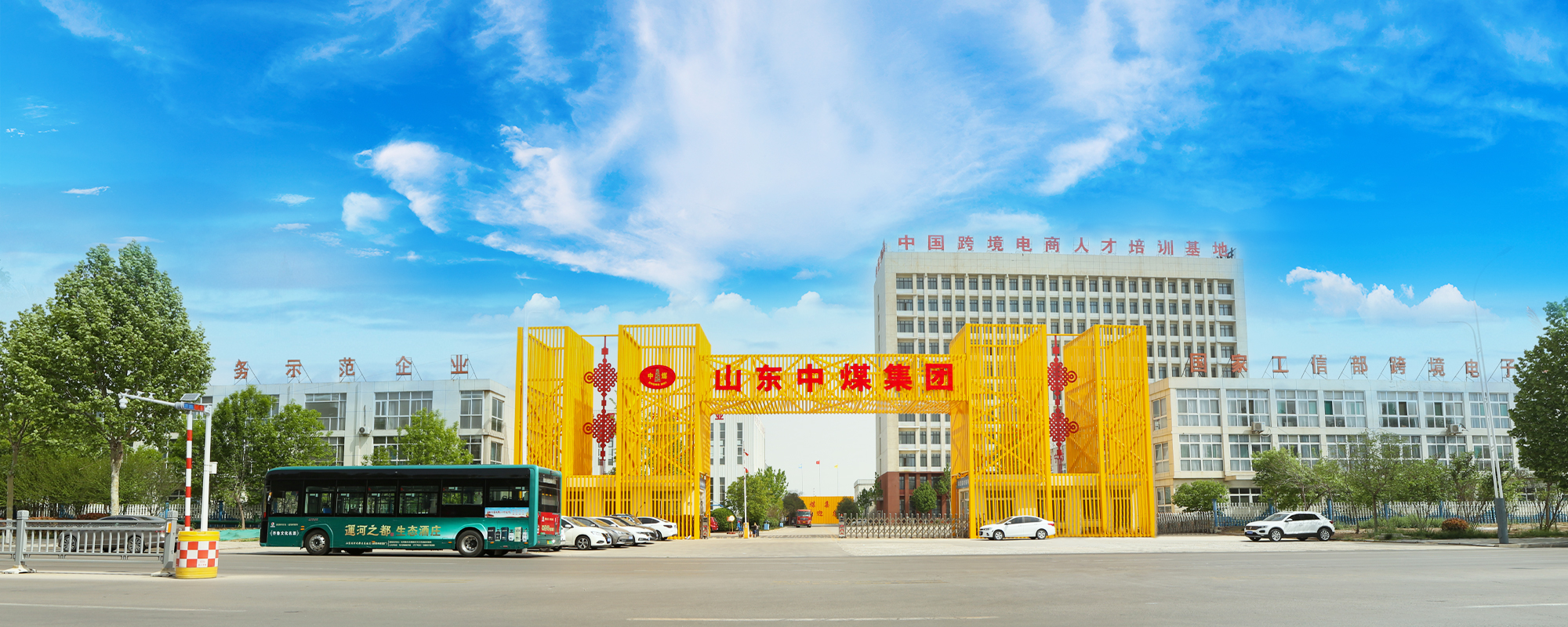
Shandong China Coal
Industrial & Mining Supplies Group Co., Ltd.
+86-17753785400 contact@chinacoalintl.com


The Central Economic Work Conference, which closed on December 16, conveyed new trends in China's economic development next year from various aspects. Among them, agriculture was included in the supply-side structural reform for the first time.
The conference's discussions on agriculture involved many aspects, which were also different from the previous expressions: We must actively and prudently reform the price formation mechanism and the storage and storage system of important agricultural products such as grain. Refinement and implementation of the three rights separation method for contracted land, and fostering new types of agricultural operators and service entities. We will make overall plans to advance the trial of rural land acquisition, collectively-owned construction land access to the city, and the reform of the housing site system. It is necessary to strictly adhere to the red line of cultivated land, promote the speedy implementation of the strategy of storing grain on the ground and the technology of hiding grain on the ground, protect and improve the comprehensive grain production capacity, and so on.
Some of the above discussions are a continuation of previous experience, while others are first proposed. Overall, under the new normal, new ideas are needed for rural agricultural development.
New breakthroughs are needed in the agricultural system, especially in the rural land system. The method of separating land rights in rural areas is actually a reaffirmation of the previous regulations. Compared with the reform goals of the Third Plenary Session of the Eighteenth Central Committee, there is still a long way to go. In the future, on the one hand, it is worth actively exploring the amendments to important laws and regulations such as the Land Law. In addition, many technological innovations are also worth noting. For example, Henan Provincial Innovation has launched a homestead reclamation voucher. The holder of the reclamation voucher can participate in public transactions in the province and convert it into capital gains. Even in the next land auction, the reclamation voucher will also enter practical use. . Obviously, this approach can make homesteads come alive. To sum up, this technical innovation has many benefits: it is conducive to optimizing the marketization of land resources, activating the market for rural factors of production, enhancing the endogenous power and vitality of poor areas, realizing land rights, and providing greater support for ex-situ poverty alleviation and relocation. Conducive to increasing the land supply in the real estate market, stabilizing housing prices, and promoting the healthy and orderly development of the real estate market. Rehabilitation vouchers are a new thing, and its effects need to be observed. All in all, innovative ideas are needed to revitalize rural land resources.
With regard to the agricultural industry, going abroad is particularly important. China is a country with scarce per capita land resources and needs to integrate global agricultural resources.
Pan-agricultural overseas acquisitions have formed a small trend in recent years, and there have been many such cases. For example, Bright Foods acquired equity in a number of overseas companies; Shuanghui International acquired Smithfield, a global pork supplier; Pengxin Group acquired New Zealand's Kraffa Ranch and Synlait Ranch in the South Island of New Zealand. Dakang Agriculture, a subsidiary of Pengxin Group, plans to co-sponsor the establishment of an international agricultural industry merger and acquisition fund with a total scale of 5 billion yuan in order to seek high-quality agricultural industry resources and technology projects worldwide.
These acquisitions have different focuses, but they all point to the integration of global agricultural and food resources. China is a weakly balanced economy, and at the same time faces many food safety issues. These large-scale overseas mergers and acquisitions are of great significance.
Overall, China's insufficient endowment of agricultural resources has led to the imperative of overseas mergers and acquisitions. At present, China's land self-sufficiency rate is only 80%. Under the conditions of overloaded agricultural resources and high environmental costs, it can only meet 90% of domestic demand for agricultural products such as grain and oilseeds. According to expert estimates, if 10% of domestic agricultural product demand is imported from the international market, it is equivalent to supplementing 20% of domestic cultivated land resources with foreign agricultural resources. From the perspective of food safety and food business operation capabilities, overseas acquisition of high-quality projects is also a strategic move to connect the Chinese market with global resources.